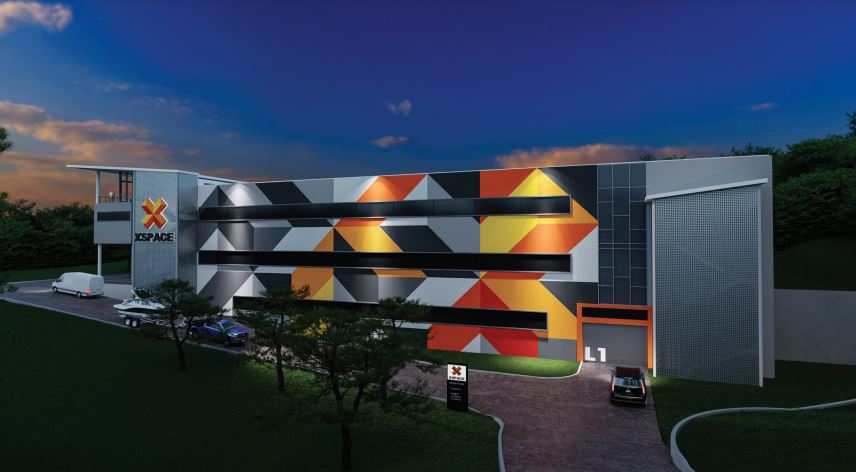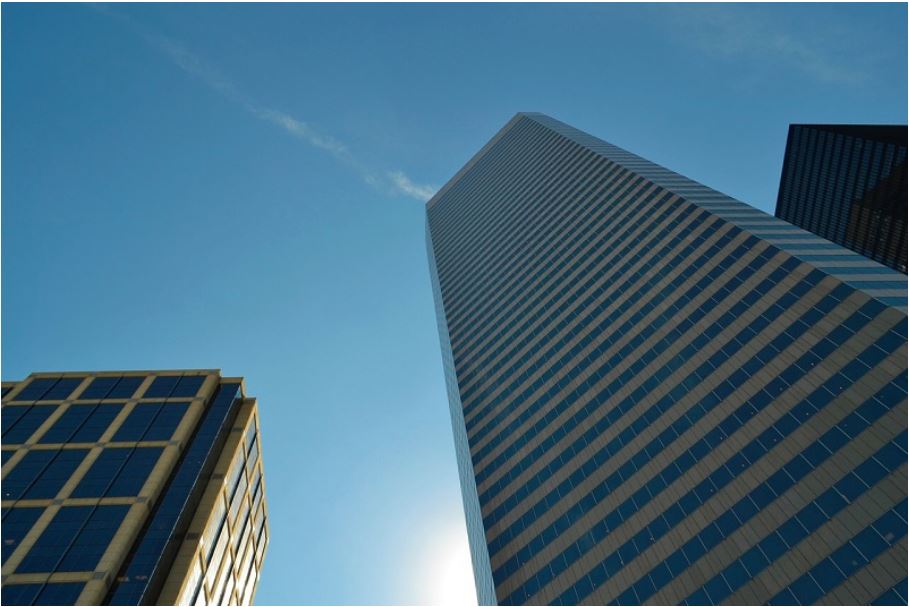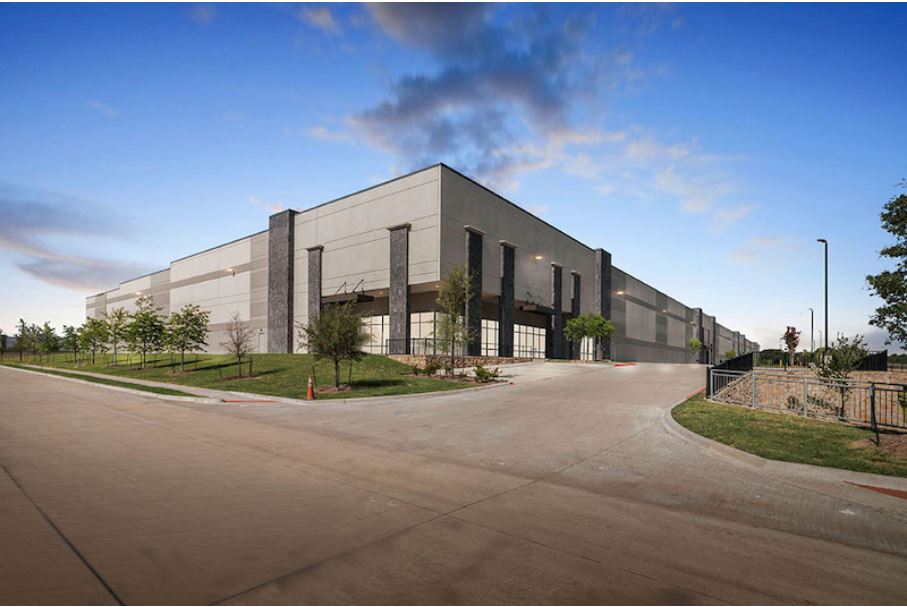Commercial Real Estate Enters its “New Normal” Period
A new normal. That’s what the COVID-19 pandemic has brought to the commercial real estate market, especially in the office and retail sectors.
That’s the conclusion from the Emerging Trends in Real Estate 2023 report from the Urban Land Institute and PwC US. This report, released each year, includes proprietary data and insights from more than 2,000 real estate industry experts. And this year’s edition — in little surprise — focuses on the way the commercial real estate industry has evolved since the onset of the COVID-19 pandemic in 2020.
The report also looks at the more recent headwinds facing the commercial real estate industry, rising inflation rates and persistently high inflation. These two factors are already having an impact on the demand that investors have for commercial assets.
Midwest Real Estate News spoke with Byron Carlock, real estate leader for PwC US, about the report and its findings. Here is some of what this industry expert with more than 28 years of experience in the industry had to say.
Let’s start with the hot topic of the day: What impact are rising interest rates having on commercial real estate deals?
Byron Carlock: Interest rates today are two-and-a-half to three times higher than what people might have been seeing when they began their underwriting on construction projects or acquisitions. The constriction that these higher rates have had on the capital markets is very clear. There is still some funding out there, but at lower loan-to-cost ratios. More deals are going to the non-bank funds that are standing on deck waiting for the deals that traditional banks are now passing on.
Commercial real estate transaction volume has fallen dramatically in the last 60 days. The question now is how much will the industry readjust to these higher rates?
Have the interest rate hikes been too sudden? Would it have been better for the Fed to raise its rate at a more gradual pace?
Carlock: The Fed wanted to send a signal very quickly to help reduce asset inflation. There is talk about how a healthy economy might have a 5% to 6% unemployment rate. We are now at 3.5%. This rapid escalation of the Fed’s rate, then, was designed to let some air out to the tires of this economy very quickly. Sadly, it has. What is interesting to me, though, is that the demand for certain product types is still very healthy. Multifamily housing, especially, is still in high demand. We are still an under-housed society. The developers that are trying to meet the need this country has for new housing were caught flat-footed by these interest-rate hikes. Their deals might no longer meet underwriting criteria.
Given the uncertainty of the economy, do investors still view commercial real estate as a good investment?
Carlock: Real estate has always been viewed as a safe haven in times of inflation. Those who can increase their allocations in real estate seem to be wanting to do so. Those who are not able to do so are hampered by the denominator effect. Their valuation doesn’t get them to the margins they need to get to other assets such as real estate. But in general, people do still view real estate as a good investment. In today’s market, some of the alternative assets such as data centers, life sciences facilities and self-storage facilities are seeing great competition from investors.
There is still great concern, though, about the office sector. The post-pandemic reality is that owners have to redesign spaces to inspire people to want to come back to the office, to make it an enjoyable as opposed to obligatory experience. Building owners are redesigning office spaces for this new normal. Today, it’s about going to the office for collaboration, planning, mentoring and training, not to do the head-down work in a cubicle.
Are more office tenants seeking Class-A space to inspire their workers to come back to the office?
Carlock: That is one of the big changes coming out of the pandemic, the rising demand for Class-A-plus office space. The rates people are willing to pay for that higher class of building are very impressive. But what happens to the lower-class office space? There is a lot of talk about converting these spaces to alternative uses. Some cities are offering incentives to encourage these conversions. They might need more multifamily housing, so they are encouraging owners to convert their obsolete office buildings into apartments.
This will force some hard decisions about our existing office space. The downtown buildings with large floor plates built from the ‘60s to the ‘80s might need a change. That’s significant because about 80% of our office stock was built in the ‘80s or before. We will see a great change in which office space is relevant and which is not.
Are you seeing more apartment renters moving to the suburbs following the pandemic?
Carlock: There is evidence that the pandemic did reopen the suburbs after years of us talking about the suburbs being dead. There’s a big difference when the commute to the city for work is now two or three days a week instead of five. During the pandemic, we saw tremendous numbers of people moving further out from the city as they gained permission to work remotely. Apartment rents in most of the gateway cities are at or above their pre-pandemic levels. People are moving to the suburbs to get some relief from that. The move to the suburbs is a comment on affordability and the flexibility that comes from working remotely.
Are more companies moving their office spaces to less expensive but still large cities now that so many of their employees are working remotely.
Carlock: We have seen more migration southward. People have chosen to move to business-friendly environments with relative affordability and easy access to a talent base. They are moving to cities like Nashville, Austin, Dallas and Phoenix. We can’t ignore the attractiveness of business-friendly, low-income-tax states like Texas and Tennessee.
Just look at Nashville. It’s hard to go there and not say, ‘My goodness. I can see myself living here.’ It’s a business-friendly environment. There are talented workers available. Some of the financial services businesses that have moved to Nashville from New York thought that they might have a hard time persuading their New York City workers to move to Nashville. But it turns out that those workers love living in Nashville.
This issue of mobility and the attractiveness of cities and states is something worth noting for cities struggling to keep their businesses. Just look at the corporate relocations and exodus we’ve seen in Chicago. Some of these cities that are losing businesses might need to move away from the tax-and-spend policies they’ve relied on in the past.
What should cities do today to keep not only their businesses but to inspire people to want to move to their multifamily properties?
Carlock: Can we re-imagine our cities? As polarized as we get in this country about political and social issues, we can all agree on the importance of art, green space, gathering spaces and music. Our major city cores continue to offer all of that. You can’t recreate the depth of culture that has been developed during 100 years or more in our cities. If we could move away from the political polarization to think about making our cities better and more attractive for people, that could make a major difference in our country.
That’s a lofty goal, but it is doable. There is an emotional draw to the urban core. History has taught us that. Just look at Chicago. It has such wonderful architecture and culture. If we could solve some of the big problems cities face and focus on the culture and beauty that they provide, we can make a dramatic improvement in our country’s health. We need to find a way to improve the collaboration between public and private funding to do greater things to reimagine our cities.









